IS KANZI REALLY TRANSFORMING UI DESIGN?
febrero 21, 2019
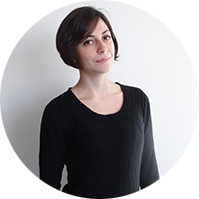 Valentina Pozzebon |Creative Experiences Designer
Valentina Pozzebon |Creative Experiences Designer
As a design and engineering partner to some of the world’s leading automotive OEMs, Tier 1 suppliers, and aftermarket service providers, GlobalLogic is continuously exploring new technologies that can help elevate our customers’ digital products. We are especially interested in tools that can enrich (and accelerate) how we develop in-vehicle HMIs such as heads-up displays (HUDs), infotainment systems, and instrument clusters. After all, people are expecting more of their cars these days — vehicles must provide great user experiences in addition to great driving experiences.
We’ve been hearing a lot of buzz about Rightware’s Kanzi Studio software, which claims to help designers create beautiful automotive UIs while reducing costs, increasing productivity, and accelerating time-to-market. Since Kanzi has become increasingly popular in the automotive community, we decided to take it for a test drive (so to speak) by developing a new proof-of-concept.
Our Proof-of-Concept
To explore all the features and potential benefits of Kanzi Studio, we decided to design, develop, and test a completely new dashboard and infotainment system for the upcoming BMW i8 series. We put together a multidisciplinary team consisting of two software engineers, a UX designer, and a Scrum Master to build the PoC. We also simulated the driving experience to test and measure the PoC’s usability with real users.
We focused specifically on how Kanzi can be used to design unique clusters and dashboards across two different types of interactions: a control panel and a touch screen. We applied animations, maps, theming, performance profiling, and embedded technology integration to highlight vehicle features and behaviors. We also exported the touch screen project as an Android app to be used in a demo tablet, and the process was surprisingly simple.
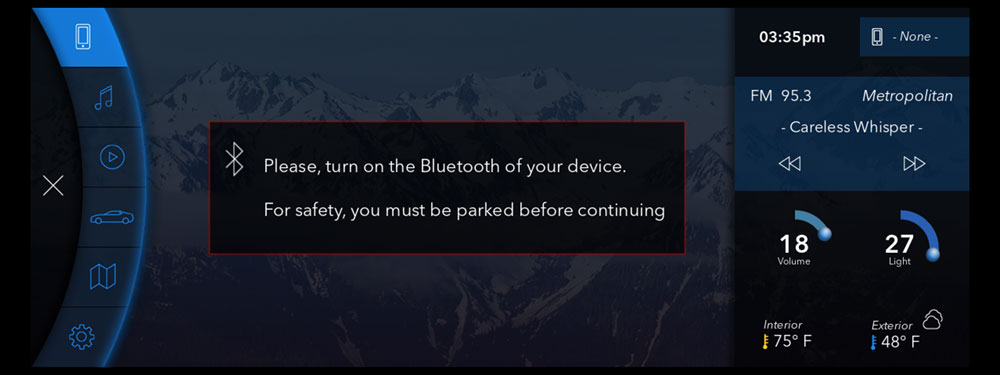
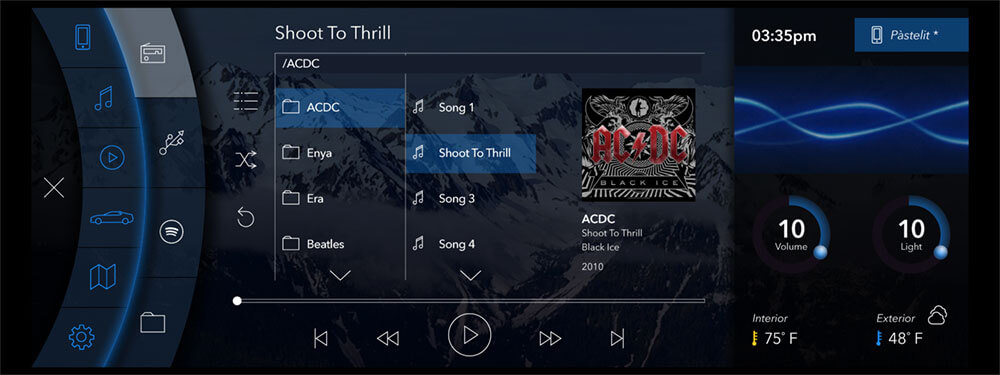
Our Experience
Learning and using Kanzi was a great experience for the team. Not only is Kanzi an intuitive tool, but it promotes close integration and synergy between developers and designers. For example, Kanzi allowed us to make changes on-demand and test the product in its early stages — which meant we were able to quickly address development and design issues as they occurred. It became natural to see designers and developers working together on the same computer in a sort of “paired programming” way — making adjustments to the product’s behavior and look/feel in just a few minutes.
There were also practically zero lines of code involved in implementing the UI designs. We just used Kanzi’s built-in UI design tool, and the job was almost done. We simply dragged and dropped images into Kanzi, which converted them into assets that we could use in a UI component and see it running instantly. It was also extremely easy to add transition effects, animations, and image blendings to achieve the user experience we envisioned.
Every time we were unsure of how to implement some special requirement (like triangle-shaped indicators), we just guessed that Kanzi might already support it — and we were always delighted to see that it did! Even if Kanzi didn’t support the requirement in exactly the way we envisioned, it did still support the requirement in an equivalent way — like the alpha channel masked components that we ended up using.
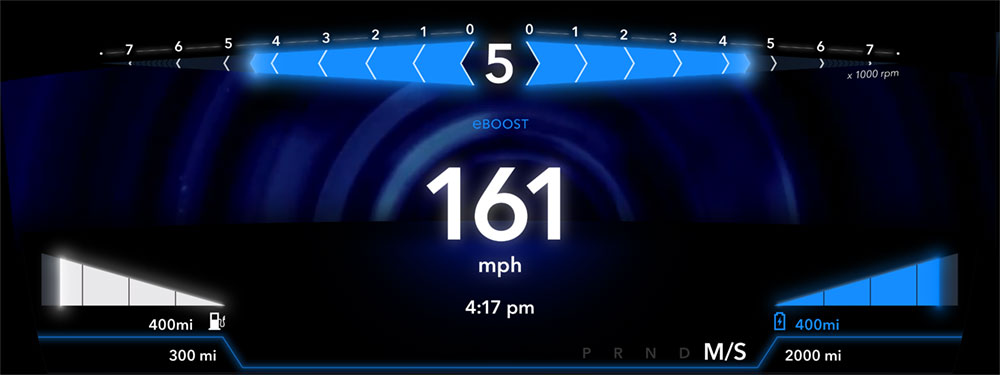
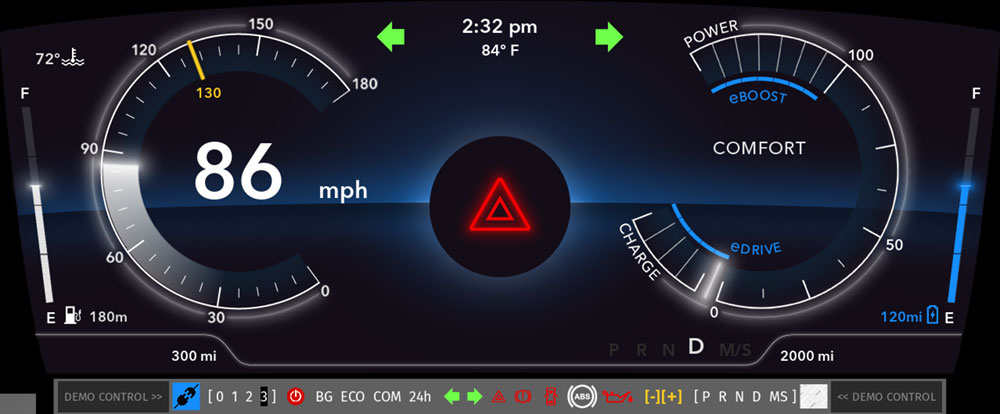
Understanding how Kanzi executes tasks was very straightforward since it follows a natural interface, while including some additional elements that are needed to work within a 3D environment and manage the specific demands of different target platforms. For example, working in a 3D environment is really intuitive since it follows normal 3D math, as well as the common concepts you can find in most 3D editors like 3D-Studio or Blender. You can also find the same operations as 3D visualization tools like Maya or even Unreal Engine.
Coming from an Android development background and having used Android Studio, our team also found it easy to work with Kanzi’s interface to add code into behaviors; work with variables; include code for the transitions; and generate the project binaries. One remarkable feature is the drag-and-drop approach to map variables, which makes sharing values all the easier.
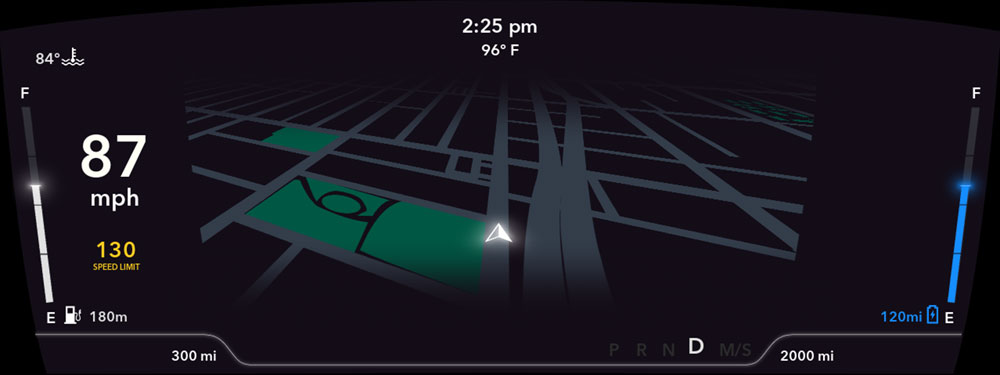
Our Evaluation
Kanzi Studio is a great solution that combines a well-executed, built-in UI tool with powerful technology. We were especially impressed with how seamlessly it allows developers and designers to share their work with a singular focus. In fact, many European automotive companies are already showing interest in working with GlobalLogic on future projects based on our Kanzi POC. In our estimation, Kanzi Studio is a must-have tool for any automotive development project that prioritizes engaging and intuitive user experiences.
About the Team
GlobalLogic’s Kanzi POC team is based in Mendoza, Argentina and consists of the following members:
Valentina Pozzebon is a creative experiences designer whose goal is to continuously improve the usability of the diverse interfaces she creates. In addition to working on the Kanzi POC, she has designed UIs for clients in the travel, healthcare, technology, and professional athletics industries.
Alberto Fierro is an Associate Engineering Manager with 15+ years of software development experience, working across multiple disciplines. He is enthusiastic about learning new tools and technologies, especially those that focus on quality control for full-stack projects.
Juan Berdugo is a Senior Quality Assurance Engineer and developing Scrum Master who has 10+ years of experience working across various system development lifecycle stages. He is always looking for better ways to make things work, breaking the rules when necessary, and keeping a strong eye on team objectives.
Fernando Farias is a solution architect with 10+ years of experience in software development. His specialties include Java, C++, and Cloud environments, and he is passionate about working with high-performance, real-time solutions and their applications in life-critical systems.